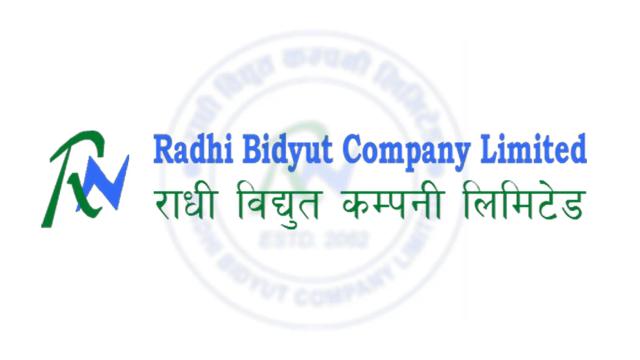Amount Deposited by Banks at Nepal Rastra Bank Exceeds NPR 561 Billion, Liquidity Surplus Persists
Author
NEPSE TRADING

According to data from Nepal Rastra Bank (NRB), commercial banks have deposited over NPR 561 billion at the central bank as of Tuesday—marking the first time in the current fiscal year that the figure has crossed the NPR 500 billion threshold. This trend highlights the persistent liquidity surplus in the banking system, as banks continue to accumulate idle funds that they are unable to channel into loans.
Despite this excess liquidity, banks are restricted from deploying all their deposits as loans. Regulatory requirements mandate that banks must maintain at least 20% of their funds as liquid assets—such as government securities or cash reserves—to ensure they can meet immediate withdrawal demands from customers. A portion of this liquid asset is also kept directly with the central bank.
In response to the mounting surplus, NRB uses various monetary tools like deposit collection instruments and Standing Deposit Facility (SDF) to absorb excess funds from banks. On Wednesday alone, NRB withdrew NPR 60 billion from the banking system for a duration of 63 days—an approach that marks a shift from its earlier practice of conducting mostly short-term (7-day) liquidity absorption operations.
Although there was a period when the deposited amount had dropped to NPR 233 billion, the figure has now climbed again—indicating that while funds are flowing into banks, loan disbursement remains sluggish. Analysts suggest that the slow pace of credit growth is preventing proper circulation of money in the economy and highlighting ongoing inefficiencies in financial intermediation.



